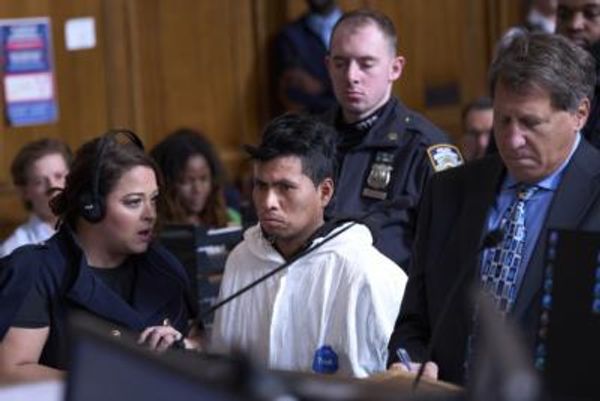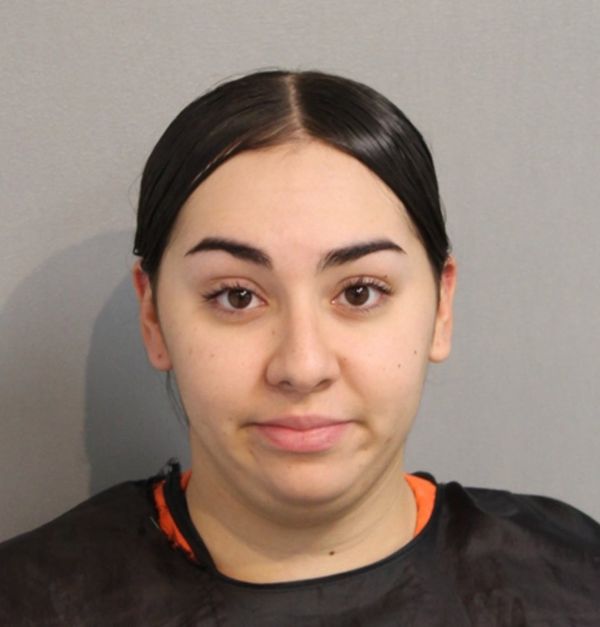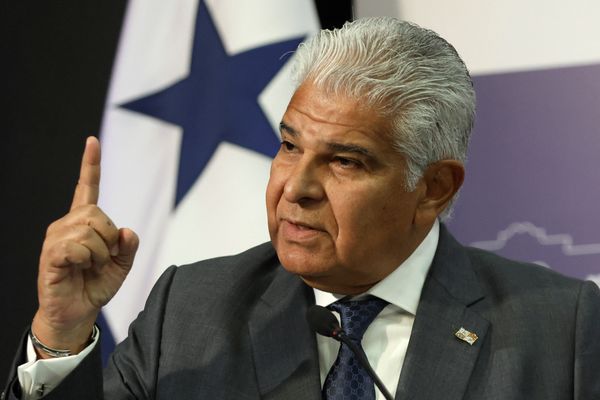
When Anthony Albanese confirmed that his government would ban social media for people under the age of 16, many — including Crikey — started thinking about how that would actually work.
In the subsequent days, both the prime minister and Communications Minister Michelle Rowland have been poked and prodded to eke out more details about the audacious plan.
How will the social media platforms, tasked with enforcing this, figure out a user’s age? Will parents be penalised for letting their child circumvent the ban? What is defined as social media?
Don’t expect the details soon, the government has said. Its plan is to introduce “framework” legislation in Parliament next week, for the policy details to be entrusted to the government’s eSafety Commissioner for implementation, and a lead-in time of 12 months to hash out the details.
One hint from the government about how social media companies will be expected to figure out a user’s age will come from the results of a trial into the effectiveness of the technologies that could play a part.
In September, a tender was put out and Crikey understands the Department of Infrastructure, Transport, Regional Development, Communications and the Arts will soon announce details about the trial — as soon as today.
Look for details about which exact technologies are being tested — digital ID requirements, artificial intelligence profiling and vocal analysis were all floated as being within the possible scope for the tender — and in what circumstances to understand what the government expects these companies to use.
The details of the ban seems like an important part of whether a teen social media will work. But these questions assume a bigger point: that a teen social media ban implemented perfectly would help young Australians. And that’s quite a big assumption.
Despite the popularity of the policy (two-thirds of voters support the idea) and high-profile campaigns, experts on this topic are not generally supportive of a ban. More than 140 Australian and international experts — including academics who have dedicated their professional lives to understanding the relationship between young people and social media — have signed an open letter opposing the policy.
When it comes to actual research, their findings on the impacts of social media on young people are varied according to two research experts, Gideon Meyerowitz-Katz and Matthew B. Jané. “Some show a benefit, some show harm, and some show no effect,” they wrote in The Conversation this week.
If you think that’s troubling, the pair is even more damning when it comes to the small handful of experiments involving social media use.
“At present, there is simply no reliable evidence that getting teenagers to use social media less has an impact on their mental health,” they wrote.
So, why does the prime minister think this? His office did not respond to a question about what evidence supports the idea that a teen social media ban would be good policy.
Albanese’s public statements don’t give much detail, either. According to the prime minister’s website, he’s discussed the teen social media ban at least 14 times in interviews and opinion pieces since he signalled his support for it earlier this year, mentioning a handful of motivations for the policy.
“Social media is doing social harm to our young Australians,” he declared last week when announcing the policy. The prime minister said he’s worried about the impact on mental health from being on social media rather than on the “footy field” or “discovering art and music”.
Clearly, the prime minister is no fan of social media. But would a teen social media ban help with these things? If Albanese has evidence, he hasn’t shared it.
The apparent lack of evidence becomes even more apparent when you compare some of his statements with what little details we have about the policy.
In a May interview with Nova radio host and founder of the pro-teen social media ban campaign 36 Months Michael ‘Wippa’ Wipfli, Albanese lamented “the impact on young people, where people will be in group chats, exchanging with each other as well, putting pressure on about body image, about so many issues that will have an impact on young girls and young boys as well”.
But from what we know, the teen social media ban won’t include messaging services — meaning there’ll still be group chats.
In another Herald Sun op-ed, whose parent company News Corp has also run a campaign for the policy, Albanese said “[social media is] used as a weapon for bullies, a platform for peer pressure, a driver of anxiety, a vehicle for scammers and, worst of all, a tool for online predators”.
All troubling issues, to be sure, but also ones that don’t seem to be solved by banning teens from social media. (Also, it’s worth mentioning, issues that impact people of all ages and not just children.) These problems are just as common on messaging services like Snapchat or gaming platforms, perhaps even more so.
It’s an unenviable task precisely because it’s not grounded in real evidence. There’s nothing the government can really refer to when justifying its decision beyond anecdotes and distantly relevant research.
What’s even more concerning is that no-one seems to be asking these questions. In all of the prime minister’s media appearances, dozens of questions focused on the “how” and not the “why”. The justification for the policy has gone almost entirely uninterrogated.
The single time that a journalist came close was during a press conference last week. Albanese reverted to one of the only forms of proof he has: his own experience.
Journalist: Why ban children from social media when you can teach children to navigate social media, navigate the internet safely in ways that are measured?
Prime minister: Well, that — can I jump in there to say that that assumes an equal power relationship? I don’t know about you, but I get things popping up on my system that I don’t want to see, let alone a vulnerable 14-year-old.
It’s hard to believe the case for a “world-leading” policy has come down to what the prime minister saw on his TikTok feed. Next week, representatives for groups representing youth and mental health organisations, as well as tech company lobbyists, are going down to Canberra to try to influence the government. Good luck talking someone out of what they feel to be true.







